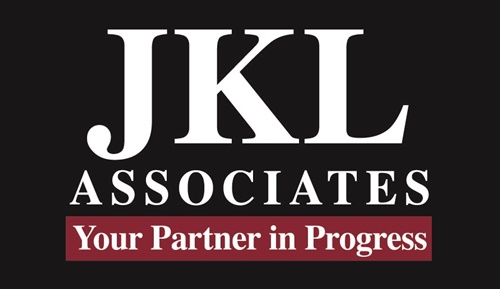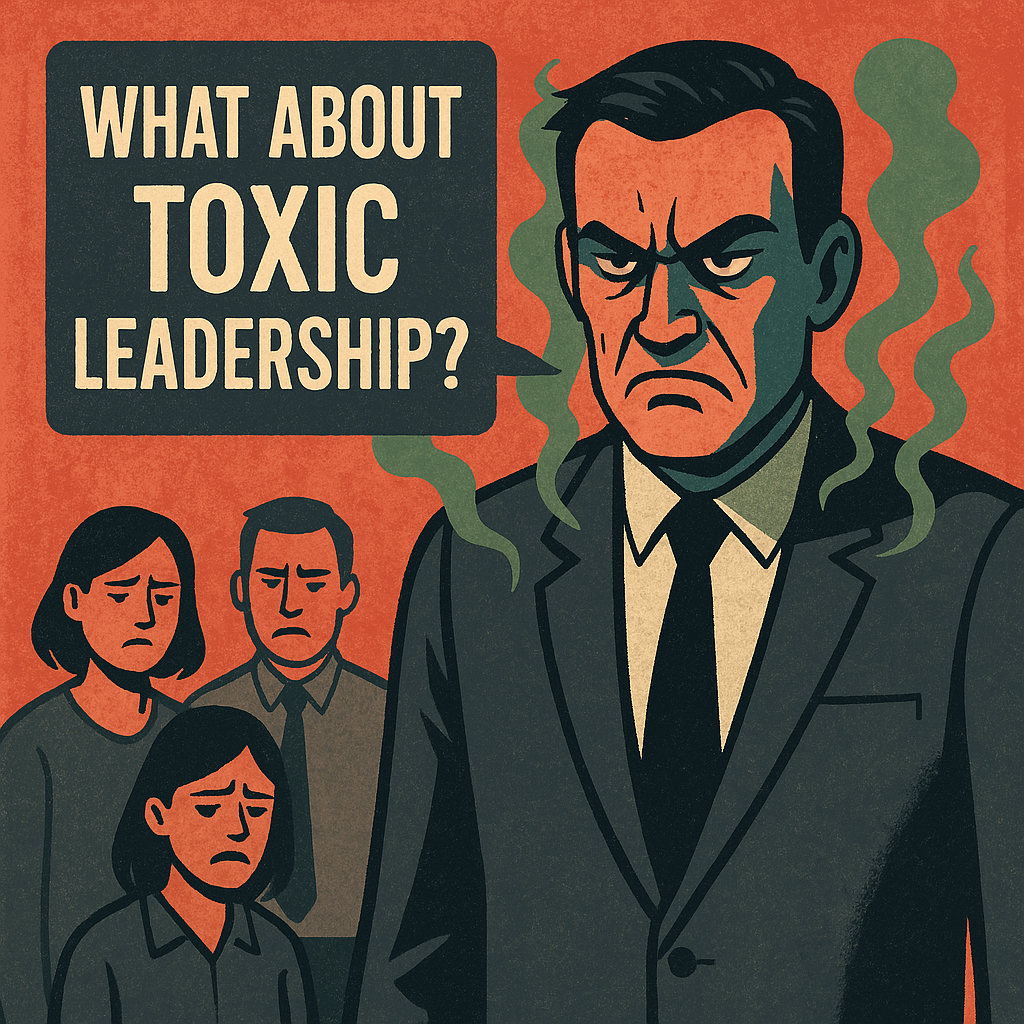Bring together a few business leaders and have them discuss their challenges in their businesses. Inevitably, they will introduce the issues surrounding employees that they consider toxic to the workplace environment. They may each have their own perspective on what is toxic in their workplace or what particular individuals do to contribute to the toxicity. Still, the common thread is that as leaders, they allow the toxic situation to exist. So is leadership contributing to the toxicity by not addressing the challenge?
It is a very challenging question to address, considering the other variables that are being navigated in a less-than-prolific talent environment that exists in today’s marketplace. If sound quality talent were abundant, then designing engineered talent turnover would be significantly easier. When talent availability is not abundant, leaders can often settle for less-than-desirable, toxic situations, believing that having talent, even if toxic, is better than being shorthanded.
What is interesting about this type of thought is that when a toxic staff member is finally dealt with, the remainder of the team is grateful it has finally been addressed. If you ask them, most of the time, they will indicate they would rather work shorthanded than deal with the toxic situation. If left alone for too long, other team members may become contaminated, or they may view their leadership as being toxic.
To begin the cleanup of a toxic environment, it MUST start at the top. Leadership MUST take ownership of the culture in which the organization operates. Leadership does not mean having a bunch of leaders, executives, etc. Leadership is about setting expectations and then, through your actions, demonstrating those expectations consistently on all occasions. Expectations include defining the Core Purpose, Core Values, and Core Principles by which all interactions and transactions, both internally and externally to the organization, are guided. They govern all decision-making processes.
When leadership does not take this part of their responsibilities and accountability very strategically, then the foundation on which the culture is built is weak. This ultimately leads to providing a platform for toxicity to leak into the culture. When a solid culture exists, it fosters an open and inviting environment where leadership and teams collaborate in harmony. There is no room for toxicity to leak into the team.
As you continue to evaluate strategies and tactics to take your business to the next level, it is crucial that you establish a culture that is toxic-proof. When your work environment is appealing, you can attract a much better talent pool to your organization, which allows for better decision-making when individuals start to exhibit toxic behavior.
This week, observe your teams and identify any possible toxic situations. Has the environment and culture contributed to the team member arriving at this point? Can you, as a leader, invest in cleaning up your organization by having, setting, and holding team members accountable to the standards by which the organization conducts both internal and external interactions?
Seeking guidance on strengthening your culture platform to build a stronger and broader presence? JKL Associates and a Promise Guide might just be a good investment. Contact JKL Associates at MI (313) 527-7945 or FL (407) 984-7246
Journey On!
COPYRIGHT – JKL ASSOCIATES 2025
QUESTIONS OR COMMENTS – EMAIL US AT PARTNERS@JKLASSOCIATES.COM OR CALL OUR OFFICES – MI AT (313) 527-7945 FL AT (407) 984-7246
Celebrating 30 years of Delivering on “Promises”




